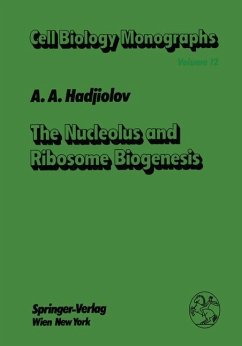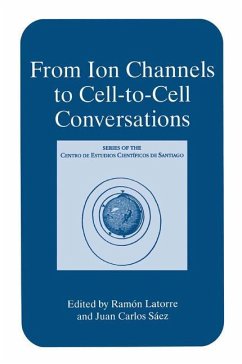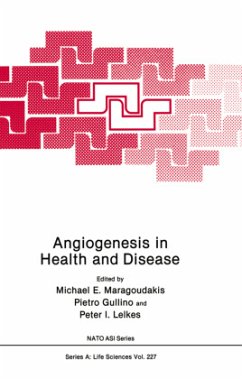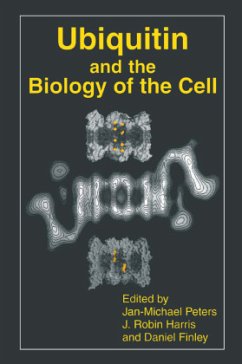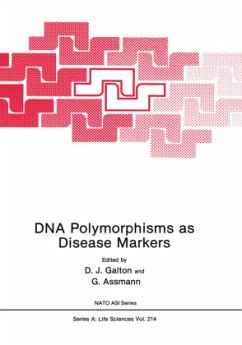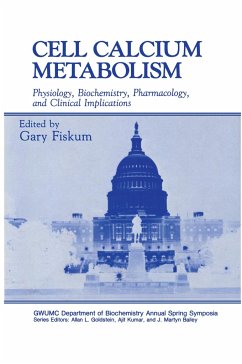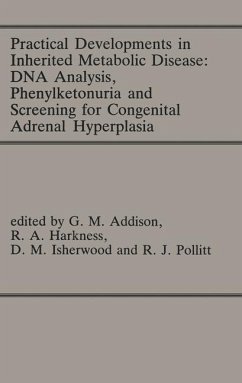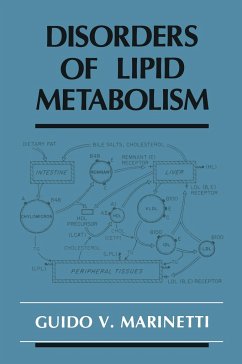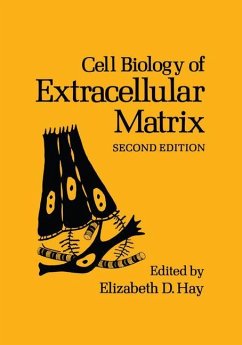
Cell Biology of Extracellular Matrix
Second Edition
Herausgegeben: Hay, Elizabeth D.

PAYBACK Punkte
76 °P sammeln!
In the ten-year interval since the first edition of this volume went to press, our knowledge of extracellular matrix (ECM) function and structure has enor mously increased. Extracellular matrix and cell-matrix interaction are now routine topics in the meetings and annual reviews sponsored by cell biology societies. Research in molecular biology has so advanced the number of known matrix molecules and the topic of gene structure and regulation that we won dered how best to incorporate the new material. For example, we deliberated over the inclusion of chapters on molecular genetics. We decided ...
In the ten-year interval since the first edition of this volume went to press, our knowledge of extracellular matrix (ECM) function and structure has enor mously increased. Extracellular matrix and cell-matrix interaction are now routine topics in the meetings and annual reviews sponsored by cell biology societies. Research in molecular biology has so advanced the number of known matrix molecules and the topic of gene structure and regulation that we won dered how best to incorporate the new material. For example, we deliberated over the inclusion of chapters on molecular genetics. We decided that with judicious editing we could present the recent findings in molecular biology within the same cell biology framework that was used for the first edition, using three broad headings: what is extracellular matrix, how is it made, and what does it do for cells? Maintaining control over the review of literature on the subject of ECM was not always an easy task, but we felt it was essential to production of a highly readable volume, one compact enough to serve the the student as an introduction and the investigator as a quick update on graduate the important recent discoveries. The first edition of this volume enjoyed con hope the reader finds this edition equally useful. siderable success; we D. Hay Elizabeth vii Contents Introductory Remarks 1 Elizabeth D. Hay PART I. WHAT IS EXTRACELLULAR MATRIX? Chapter 1 Collagen T. F. Linsenmayer 1. Introduction . . . . . . . . . . . . . . . . . . . . . . . . . . . . . . . . . . . . . . . . . . . . . . . . . . 7 2. The Collagen Molecule . . . . . . . . . . . . . . . . . . . . . . . . . . . . . . . . . . . . . . . . 8 2. 1. Triple-Helical Domain(s) . . . . . . . . . . . . . . . . . . . . . . . . . . . . . . . . . .





